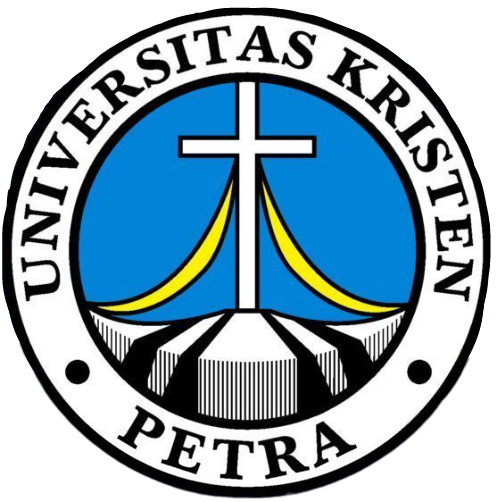Researchers: Jose Paulo Alcantara and Mark Justin Reyes
Abstract
This paper will talk about how the retail space and other factors affects income of that certain establishment, restaurant, or land itself. Some considerations, which will not be focused in this paper, may include psychological analysis such as heuristics and decision making into making the right choice if one were to invest time, place, effort, or even money into that certain retail space. An example of which is the cafeteria of Ateneo de Manila University. The current Cafeteria is an open system wherein Students and Faculty alike can enter and sit down anywhere they like (The faculty lounge is exclusive for Faculty members however) and can choose to eat or not. This potentially results in a loss of revenue. In order to avoid this, we have decided to add a seating fee in order to encourage those that will be occupying a seat to purchase food or drink as well to have this fee repaid to them. To find out the optimal rate for the fee, simulations will be run to ascertain the rate that would maximize revenue while maintaining a larger number of students that chose to buy food over those that don’t. Currently, there is a large loss of potential revenue as students and faculty members are discouraged from staying inside the cafeteria because there are no more available seats for them to stay in. With the simulation, the expansion of the cafeteria should also be taken into consideration as a possible solution, or as an improvement in the queuing system of the cafeteria, in maximizing the profit.

